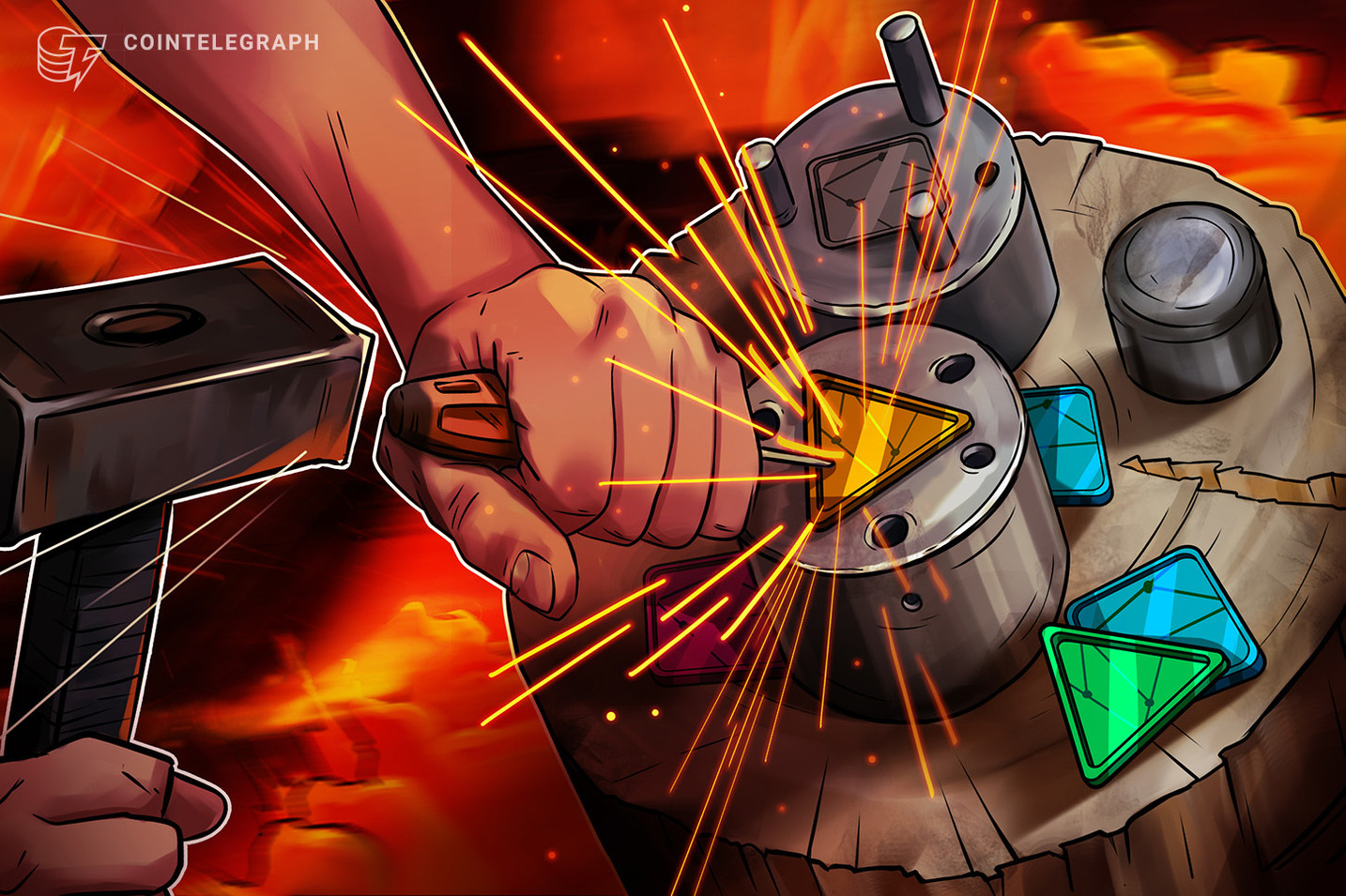Technology
The Evolution of NFTs: From Crypto Art to Mainstream Adoption

Introduction
In recent years, the world has witnessed a remarkable digital revolution with the rise of non-fungible tokens (NFTs). These unique digital assets have gained significant attention and popularity, revolutionizing various industries, including art, gaming, and finance. This article explores the evolution of NFTs, from their inception to their current state, and discusses their impact, potential, challenges, and future trends.
Understanding NFTs
Before diving into the evolution of NFTs, it’s crucial to understand what they are. NFTs are cryptographic tokens that represent ownership or proof of authenticity of a unique digital item or asset. Unlike cryptocurrencies like Bitcoin or Ethereum, which are interchangeable, NFTs are distinct and cannot be replaced on a one-to-one basis.
NFTs are built on blockchain technology, typically utilizing smart contracts to establish and enforce ownership rights. These digital assets can represent various forms of media, including artwork, music, videos, virtual real estate, and even virtual goods within video games.
The Emergence of NFTs
The concept of NFTs can be traced back to the early days of cryptocurrencies, but it wasn’t until 2017 that the first notable NFT project, CryptoPunks, was launched. CryptoPunks introduced the concept of unique digital characters, laying the foundation for what would become a thriving NFT ecosystem.
Key Milestones in the Evolution of NFTs
4.1 Early Adoption and Crypto Art
In the early stages, NFTs gained traction primarily within the crypto and tech communities. Artists and creators began experimenting with tokenizing their work, resulting in the birth of crypto art. Platforms like SuperRare, Rarible, and Foundation emerged as pioneers in this space, enabling artists to tokenize and sell their digital creations directly to collectors.
4.2 Mainstream Recognition and Digital Collectibles
The turning point for NFTs came in 2021 when a digital artwork by Beeple was sold for a record-breaking $69 million at a Christie’s auction. This momentous event caught the attention of mainstream media, propelling NFTs into the global spotlight. Alongside art, digital collectibles, such as NBA Top Shot, gained immense popularity, with fans buying and trading unique basketball moments.
4.3 Tokenizing Real-World Assets
NFTs expanded beyond the digital realm, with the introduction of projects aiming to tokenize real-world assets. These include real estate properties, rare physical items, and even virtual land within decentralized virtual worlds like Decentraland and The Sandbox. Tokenization of real-world assets has the potential to unlock liquidity and enable fractional ownership.
4.4 NFTs in Gaming and Virtual Worlds
NFTs found a natural fit within the gaming industry, enabling players to own, trade, and sell in-game assets as NFTs. Games like Axie Infinity, CryptoKitties, and The Sandbox allowed players to monetize their gaming experiences and create vibrant virtual economies. Virtual worlds also emerged as thriving NFT ecosystems, offering users the ability to buy and sell virtual land and creations.
4.5 NFT Marketplaces and Secondary Markets
The rise of NFT marketplaces, such as OpenSea and Nifty Gateway, provided a platform for artists, collectors, and enthusiasts to buy and sell NFTs. These marketplaces acted as catalysts for the growth of the NFT ecosystem, facilitating millions of dollars in transactions. Secondary markets also emerged, enabling the resale of NFTs, often resulting in significant profits for early adopters.
4.6 NFTs and DeFi
The convergence of NFTs and decentralized finance (DeFi) opened up new possibilities, allowing users to leverage their NFTs as collateral for loans or earn passive income through staking or lending. NFT fractionalization platforms also emerged, enabling investors to own fractions of high-value NFTs.
Impact and Potential of NFTs
The impact of NFTs extends beyond their financial value. These digital assets have provided artists with new revenue streams and increased control over their work. They have also fostered a sense of community among collectors and enthusiasts. Moreover, NFTs have the potential to revolutionize concepts like provenance, intellectual property rights, and digital ownership in the digital age.
Challenges and Criticisms
While NFTs offer exciting opportunities, they also face challenges and criticisms. Environmental concerns due to the energy consumption of blockchain networks, copyright infringement issues, and market volatility are some of the key challenges that need to be addressed. Additionally, there are concerns about the bubble-like nature of the NFT market and the potential for scams and fraud.
Future Outlook and Trends
The future of NFTs looks promising, with ongoing innovations and increasing mainstream adoption. Enhanced interoperability between different NFT platforms, integration of NFTs in social media and virtual reality, and improved user experiences are some of the anticipated trends. Additionally, the exploration of NFTs in domains like education, healthcare, and governance holds significant potential.
Conclusion
The evolution of NFTs has been a remarkable journey, transforming the way we perceive and value digital assets. From their early adoption in crypto art to their mainstream recognition and integration with various industries, NFTs have captured the imagination of creators, collectors, and investors alike. While challenges persist, the potential of NFTs to reshape ownership, creativity, and digital ecosystems is undeniable.





















